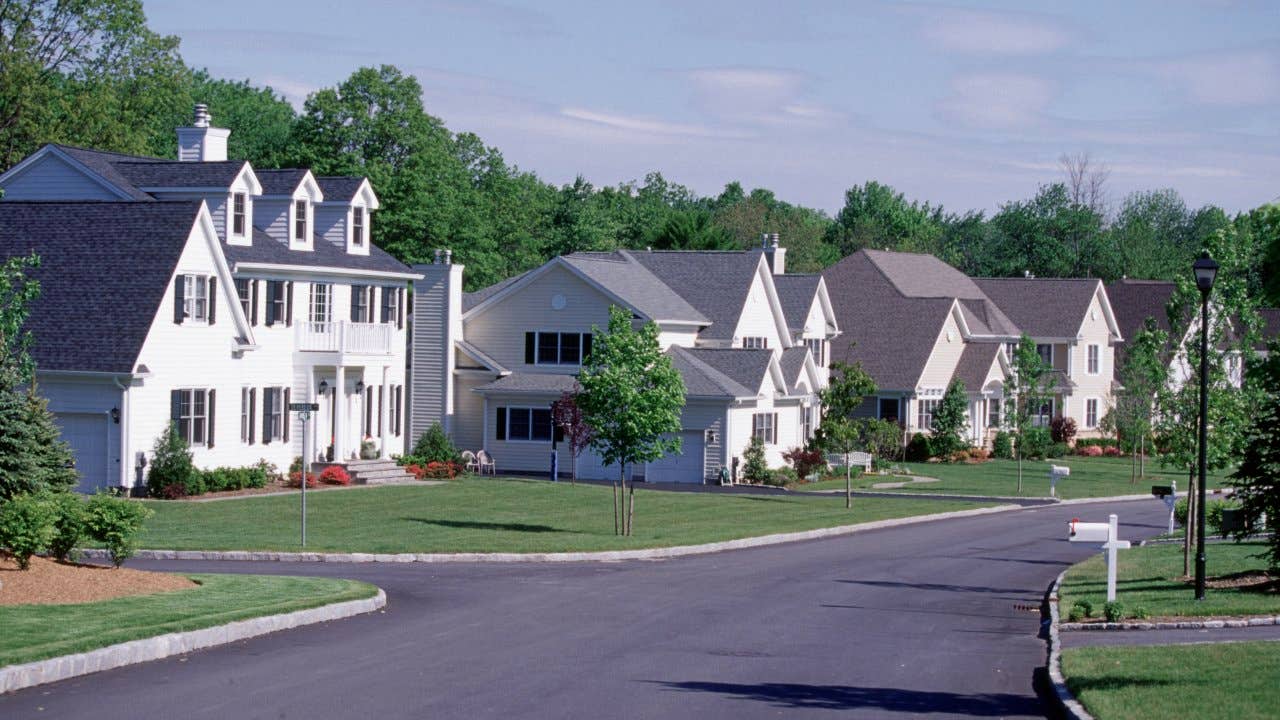Home prices are down — but not enough to ease affordability

Home prices are still high. But they’re not rising quite as much.
Nearly 90 percent of the country’s metro areas saw single-family home prices rise in the fourth quarter of 2022, according to the newly released Metropolitan Median Home Prices and Affordability Report for Q4 2022 from the National Association of Realtors (NAR). The national median price for an existing single-family home now stands at $378,700. While that’s a 4 percent year-over-year increase, it actually represents quite a slowdown compared to the previous quarter’s 8.6 percent rise in home prices.
“A slowdown in home prices is underway and welcomed, particularly as the typical home price has risen 42 percent in the past three years,” said Lawrence Yun, NAR’s chief economist, in a statement.
However, thanks to inflation, increased interest rates and other factors, the monthly mortgage payment on that median-priced home, with a 20 percent down payment, would now be $1,969, according to NAR — a jump of $720 (or 58 percent) over one year ago.
With median home prices rising just 4 percent year-over-year, but monthly mortgage payments rising a whopping 58 percent, it’s clear that the housing market is somewhat in flux.
Which housing markets are up? And which are down?
Nearly all (166 out of 186) of metropolitan areas tracked by NAR saw home price gains in Q4 2022. But the amount of those gains is shrinking. Double-digit price increases occurred in just 18 percent of those areas — down from 46 percent in Q3.
As always in real estate, it’s a matter of location, location, location. The Northeast region had the highest year-over-year price appreciation in Q4 with 5.3 percent growth. The South saw 4.9 percent, the Midwest 4.0 percent and the West 2.6 percent.
Out of the metro areas with the largest year-over-year price increases, Farmington, New Mexico, saw the highest increase at 20.3 percent. Fast-growing Sun Belt states Florida, South Carolina and North Carolina accounted for seven out of the top 10.
Just 20 of the 186 markets tracked in Q4 experienced a price decline. “A few markets may see double-digit price drops, especially some of the more expensive parts of the country, which have also seen weaker employment and higher instances of residents moving to other areas,” said Yun. Half of the 10 most expensive markets in the U.S. were in California, per NAR’s data.
The housing affordability crunch
The high prices and increased mortgage rates have made homeownership unaffordable for many people. NAR’s estimation of a $1,969 monthly mortgage payment comes out to more than $23,000 over the course of a year — and that’s not including other costs of owning a home.
According to the report, families typically spent 26.2 percent of their income on mortgage payments, up from 17.5 percent one year ago. Typical guidance is not to spend more than 28 percent of your income on housing costs.
First-time homebuyers have an especially difficult time when it comes to affordability. According to the NAR report, a typical starter home valued at $321,900 with a 10 percent down payment comes with a monthly mortgage payment of $1,931, almost $700 per month more than a year ago.
Should you wait to buy a house?
Should you buy a house now, or wait until things calm down a bit? Despite modest slowing, inflation is still high, and Fannie Mae’s December 2022 Home Purchase Sentiment Index revealed that just 21 percent of respondents felt it was a good time to buy.
However, “I don’t know that inflation by itself is the key determinant for home buyers and sellers,” says Greg McBride, CFA, Bankrate’s chief financial analyst. “There is a lot of economic uncertainty, and affordability is quite strained. If we see continued moderation in inflation, I’m not sure that changes the calculus for buyers very much if we’re then in an environment of rising unemployment and broad economic weakness.”
Whether you’re a first-time buyer or a current homeowner looking to relocate, consider this: Home prices rarely decrease rapidly. If you try to time the market, you may be waiting for a long time.
Bear in mind that if you buy now you can begin to build equity immediately and avoid future interest rate hikes. If you have good credit, enough savings for a down payment and plan to stay in the house for several years, you might want to start house-hunting, regardless of the real estate market. If your situation is weak in any of those areas, it might be better to wait.
Buying when home prices are high
If you have determined that now is the best time for you to buy, here are some tactics that can help mitigate the high prices.
- Get preapproved for a mortgage, so you know your borrowing limit ahead of time. Keep in mind that the amount you are preapproved for may not be the amount you can realistically afford.
- Consider the season. Winter, residential real estate’s traditional “slow season,” can offer the best buying opportunities. You’ll face less competition and more motivated sellers, which often leads to lower purchase prices.
- Buy an “as-is” home with a discounted price tag and put in some sweat equity to get it in dream-house condition. But be cautious — you don’t want a “fixer-upper” that turns into a “total rebuild.”
- Look at less expensive neighborhoods. Real estate markets are highly local, and you might get a lot more bang for your housing buck in another area.
- Look for a low (or no) down payment loan. If you qualify, both VA and FHA loans require much less than the typical 20 percent down. VA loans require no down payment, and FHA loans can be had for as little as 3.5 percent down.
- Research down payment assistance programs in your area. These are typically meant for first-time buyers, although you may qualify as a first-timer if you haven’t owned a home in the past three years.
Overall, “the 30-year fixed rate mortgage is your best gauge of affordability,” says McBride. “Don’t lean on creative financing to get into the home under the premise that you’ll refinance later. There is no guarantee of lower rates or having enough equity at the time you need to refinance down the road. If you can afford the payments on a 30-year fixed rate mortgage, even if your income doesn’t rise further, that provides comfort that you’re not biting off more than you can chew.”
You may also like

U.S. housing market: A nationwide overview





